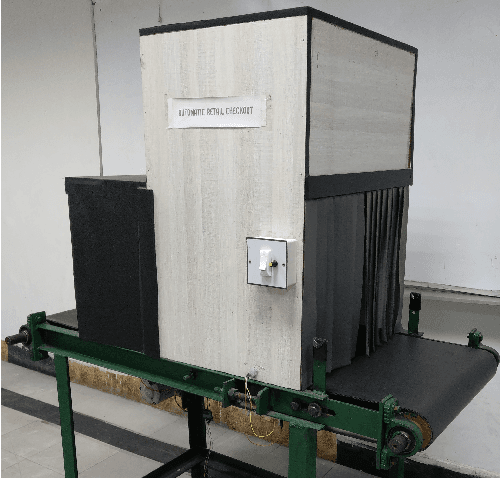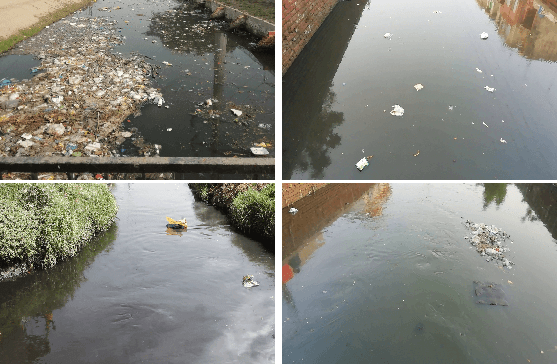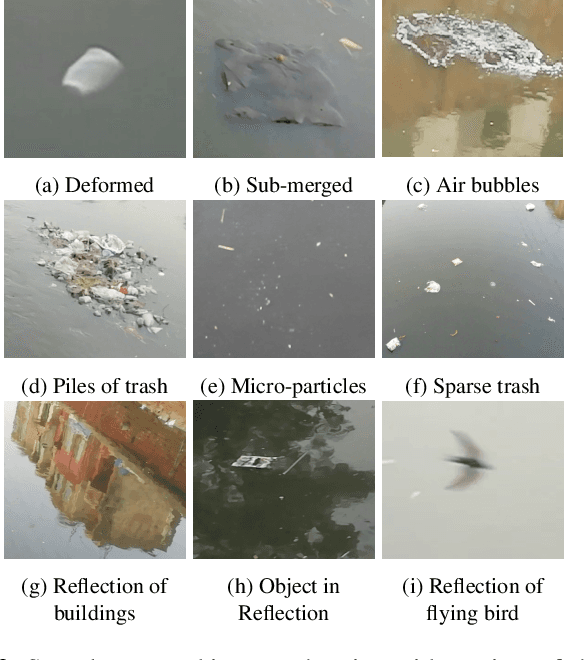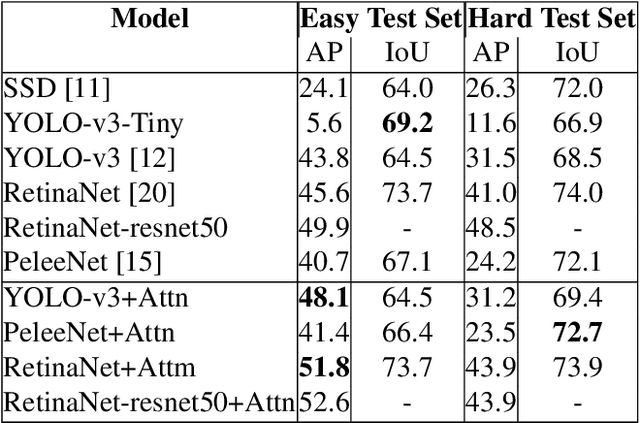Abdul Wahab Amin
ARC: A Vision-based Automatic Retail Checkout System
Apr 07, 2021



Abstract:Retail checkout systems employed at supermarkets primarily rely on barcode scanners, with some utilizing QR codes, to identify the items being purchased. These methods are time-consuming in practice, require a certain level of human supervision, and involve waiting in long queues. In this regard, we propose a system, that we call ARC, which aims at making the process of check-out at retail store counters faster, autonomous, and more convenient, while reducing dependency on a human operator. The approach makes use of a computer vision-based system, with a Convolutional Neural Network at its core, which scans objects placed beneath a webcam for identification. To evaluate the proposed system, we curated an image dataset of one-hundred local retail items of various categories. Within the given assumptions and considerations, the system achieves a reasonable test-time accuracy, pointing towards an ambitious future for the proposed setup. The project code and the dataset are made publicly available.
Attention Neural Network for Trash Detection on Water Channels
Jul 09, 2020



Abstract:Rivers and canals flowing through cities are often used illegally for dumping the trash. This contaminates freshwater channels as well as causes blockage in sewerage resulting in urban flooding. When this contaminated water reaches agricultural fields, it results in degradation of soil and poses critical environmental as well as economic threats. The dumped trash is often found floating on the water surface. The trash could be disfigured, partially submerged, decomposed into smaller pieces, clumped together with other objects which obscure its shape and creates a challenging detection problem. This paper proposes a method for the detection of visible trash floating on the water surface of the canals in urban areas. We also provide a large dataset, first of its kind, trash in water channels that contains object-level annotations. A novel attention layer is proposed that improves the detection of smaller objects. Towards the end of this paper, we provide a detailed comparison of our method with state-of-the-art object detectors and show that our method significantly improves the detection of smaller objects. The dataset will be made publicly available.
 Add to Chrome
Add to Chrome Add to Firefox
Add to Firefox Add to Edge
Add to Edge